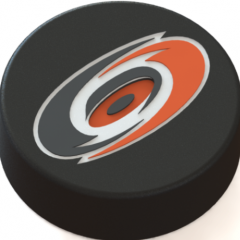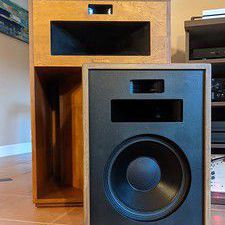-
Featured Topics
-
- 156 replies
- 19630 views
-
- 10 replies
- 2206 views
-
Klipsch (Chief Bonehead) & Ojas Speakers (Devon Turnbull) Collaborate Limited Edition Speaker - The Klipsch + Ojas kO-R1
By Travis In Austin, in Klipsch News
- 6 replies
- 1821 views
-
- 12 replies
- 5490 views
-
Klipsch Support Re: Heritage Crossover (pardonne-moi - crossover/balancing networks)
By Travis In Austin, in Technical/Restorations
- 1 reply
- 3673 views
-

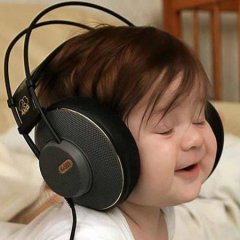
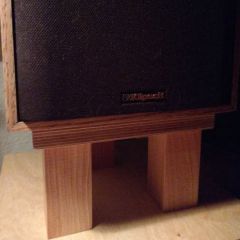

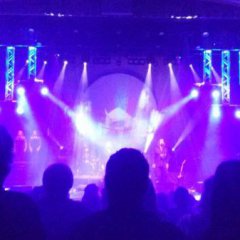
.thumb.jpg.b17aa177a6f4e1497ac4340ed5725674.jpg)



